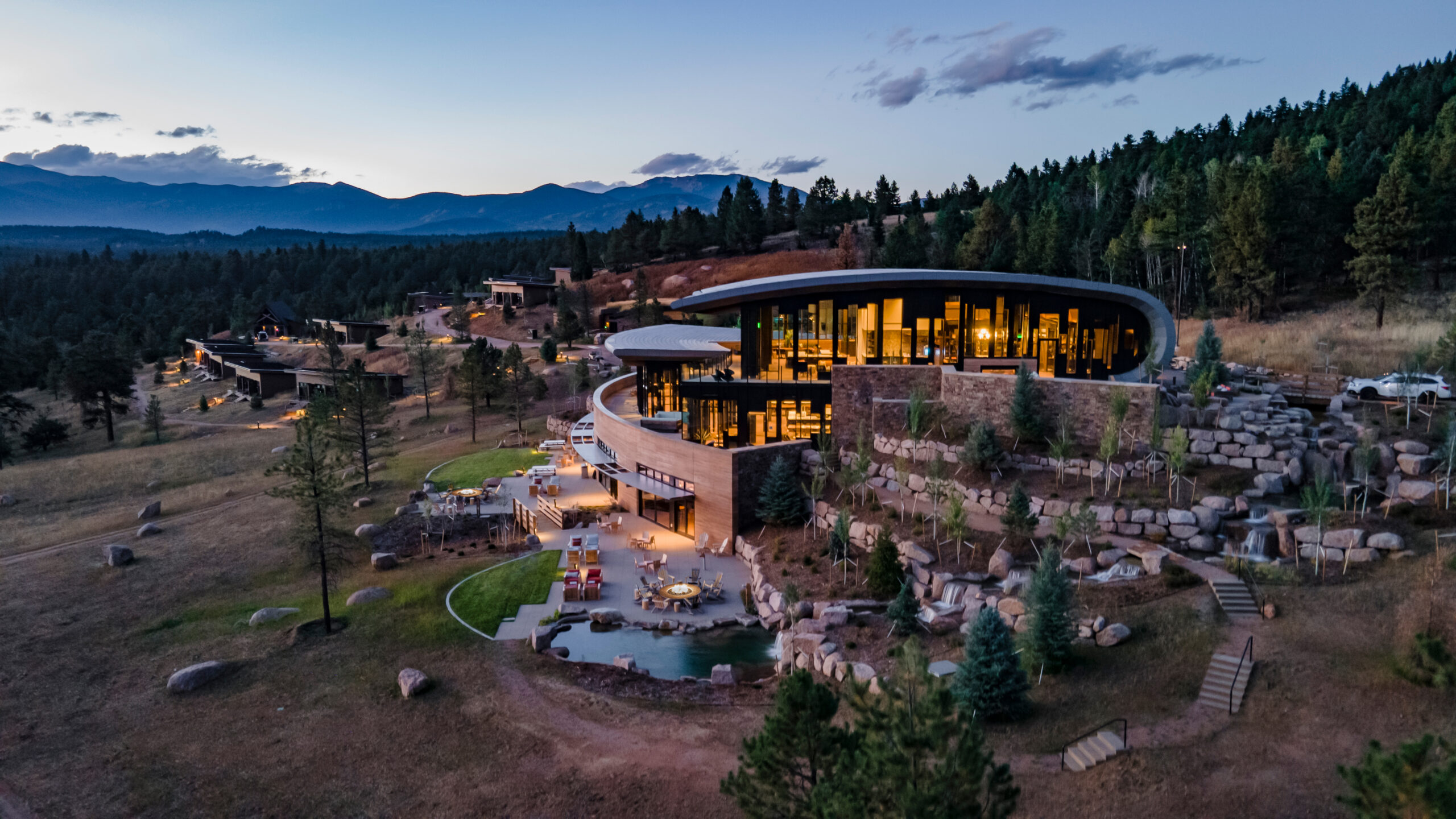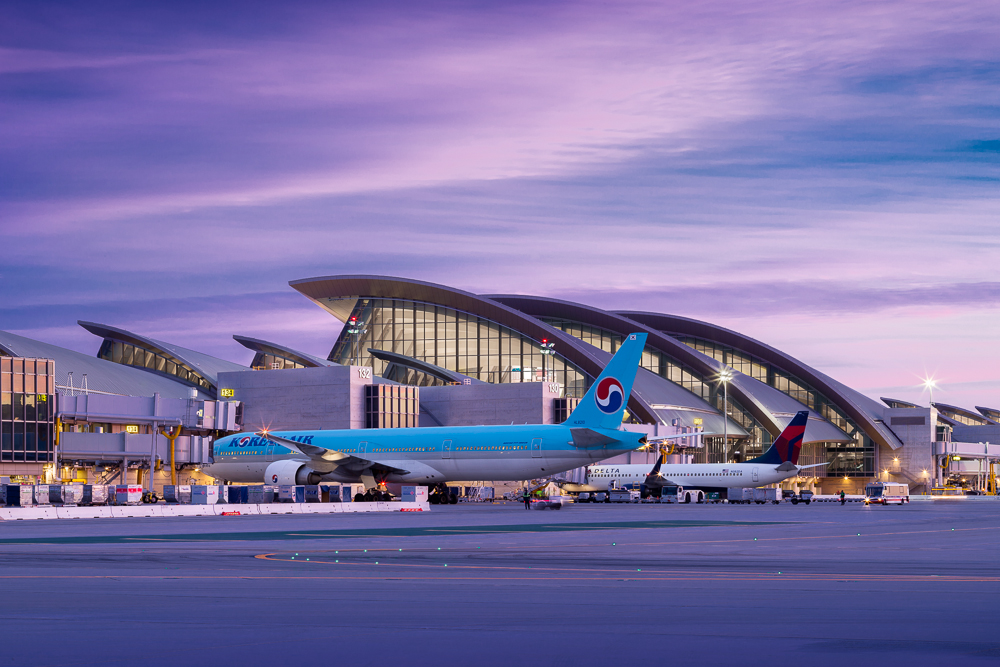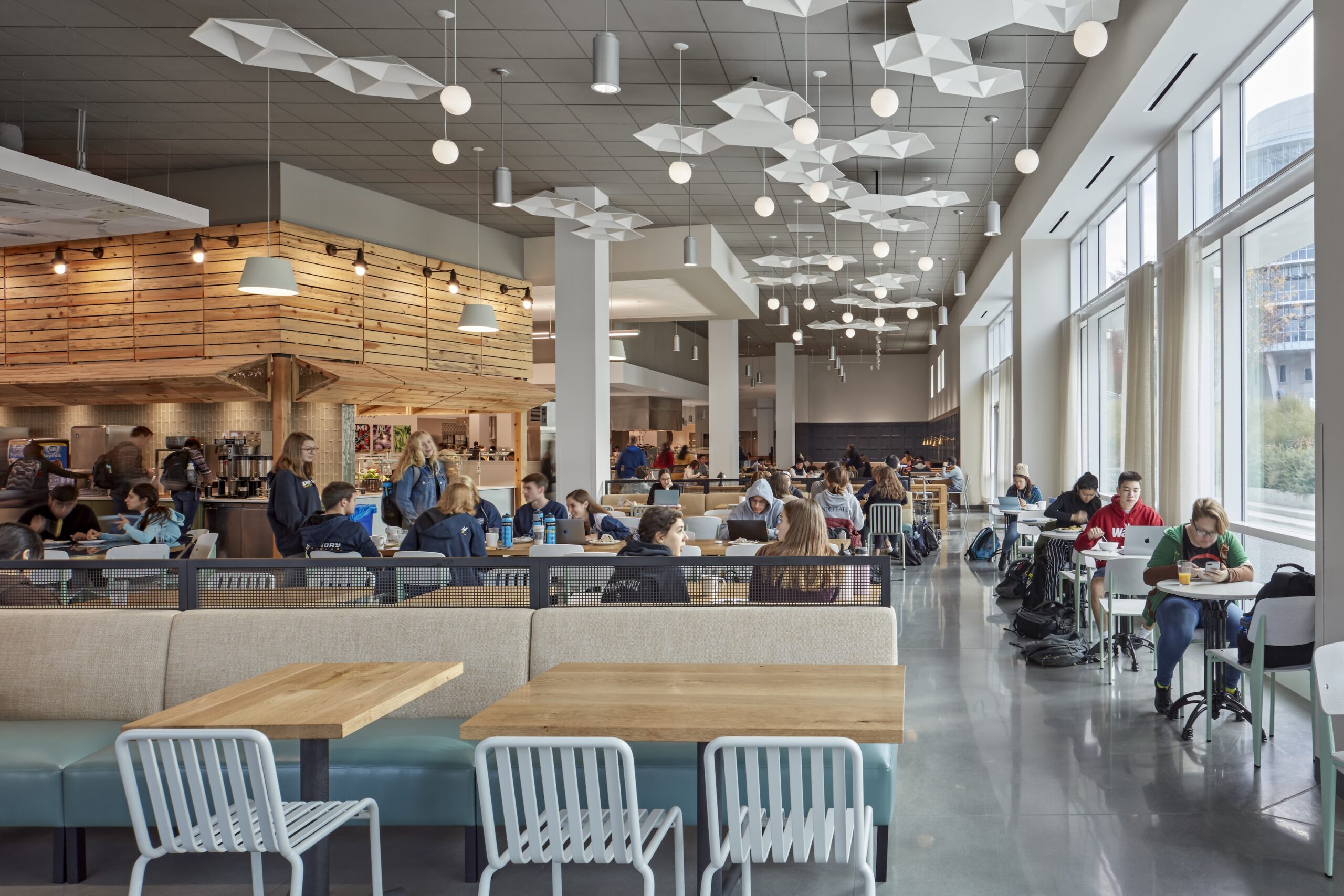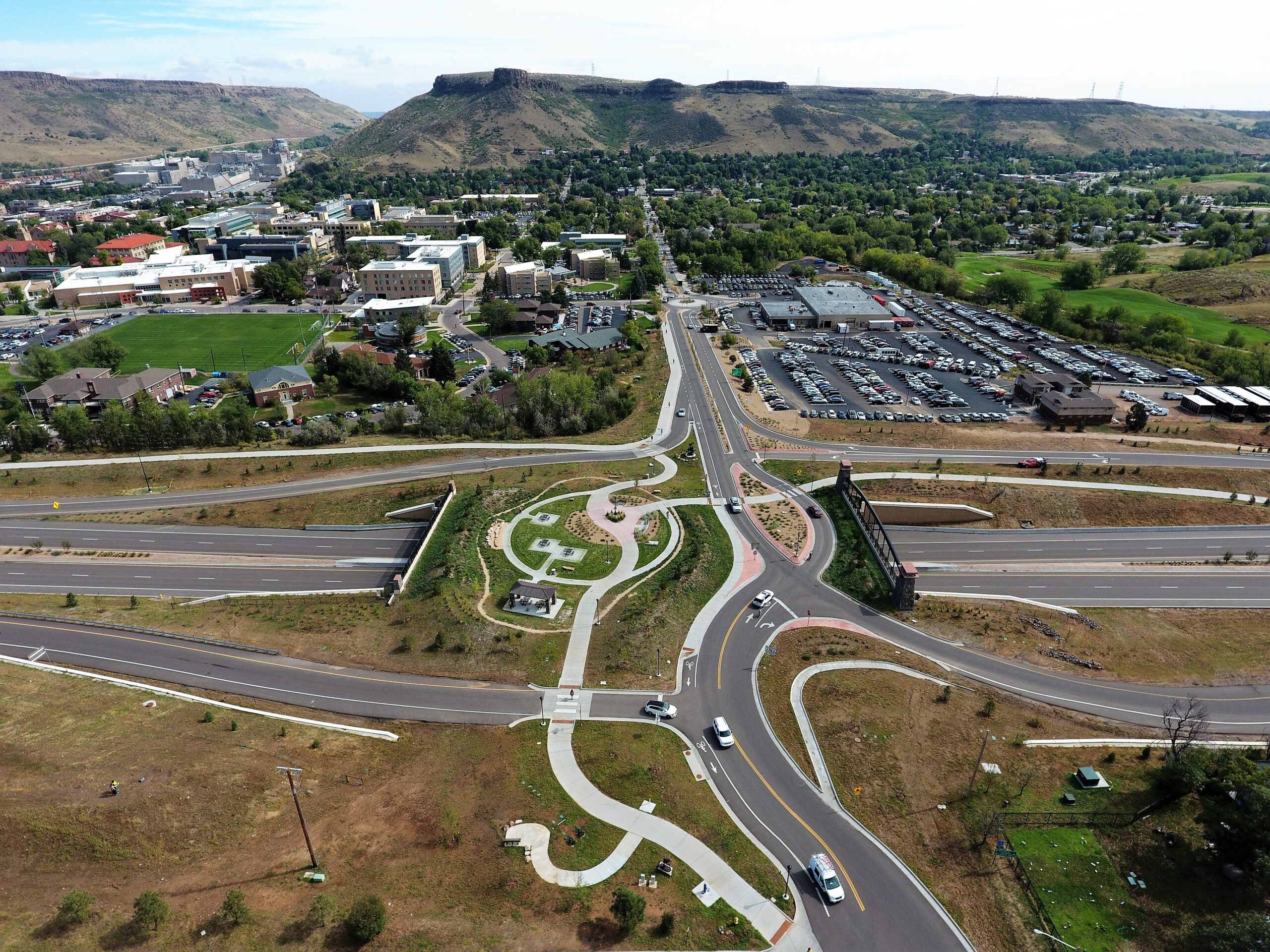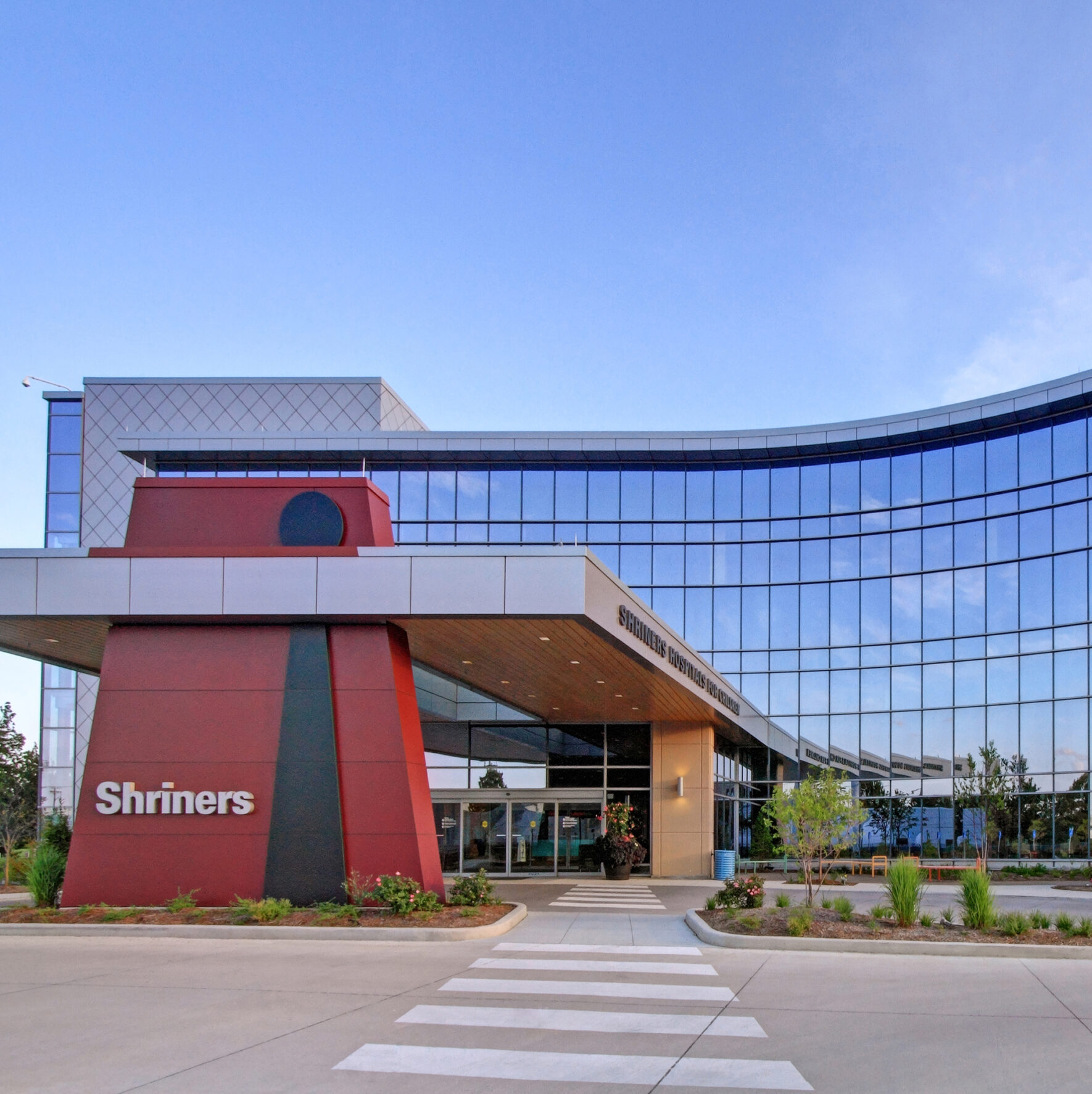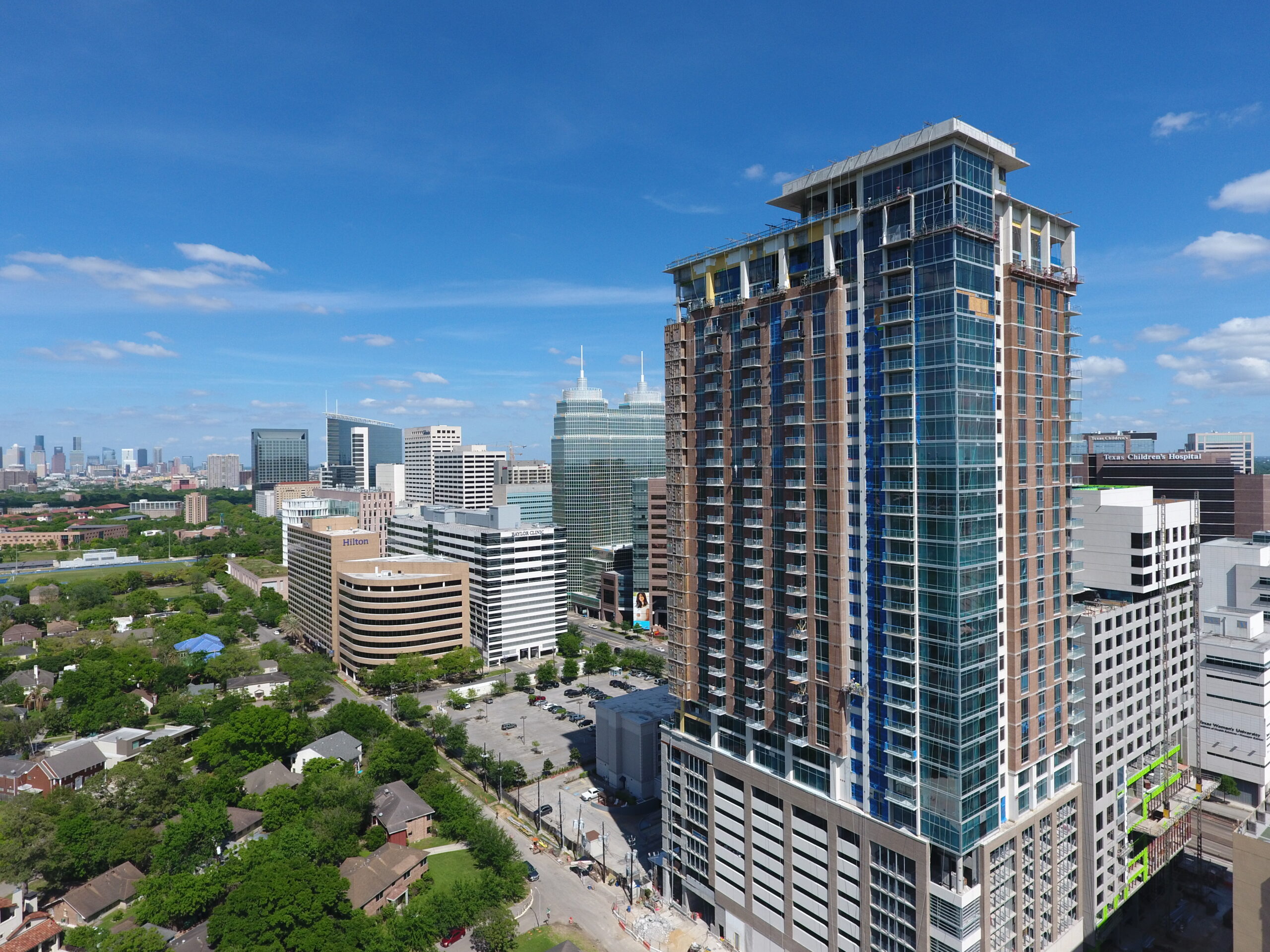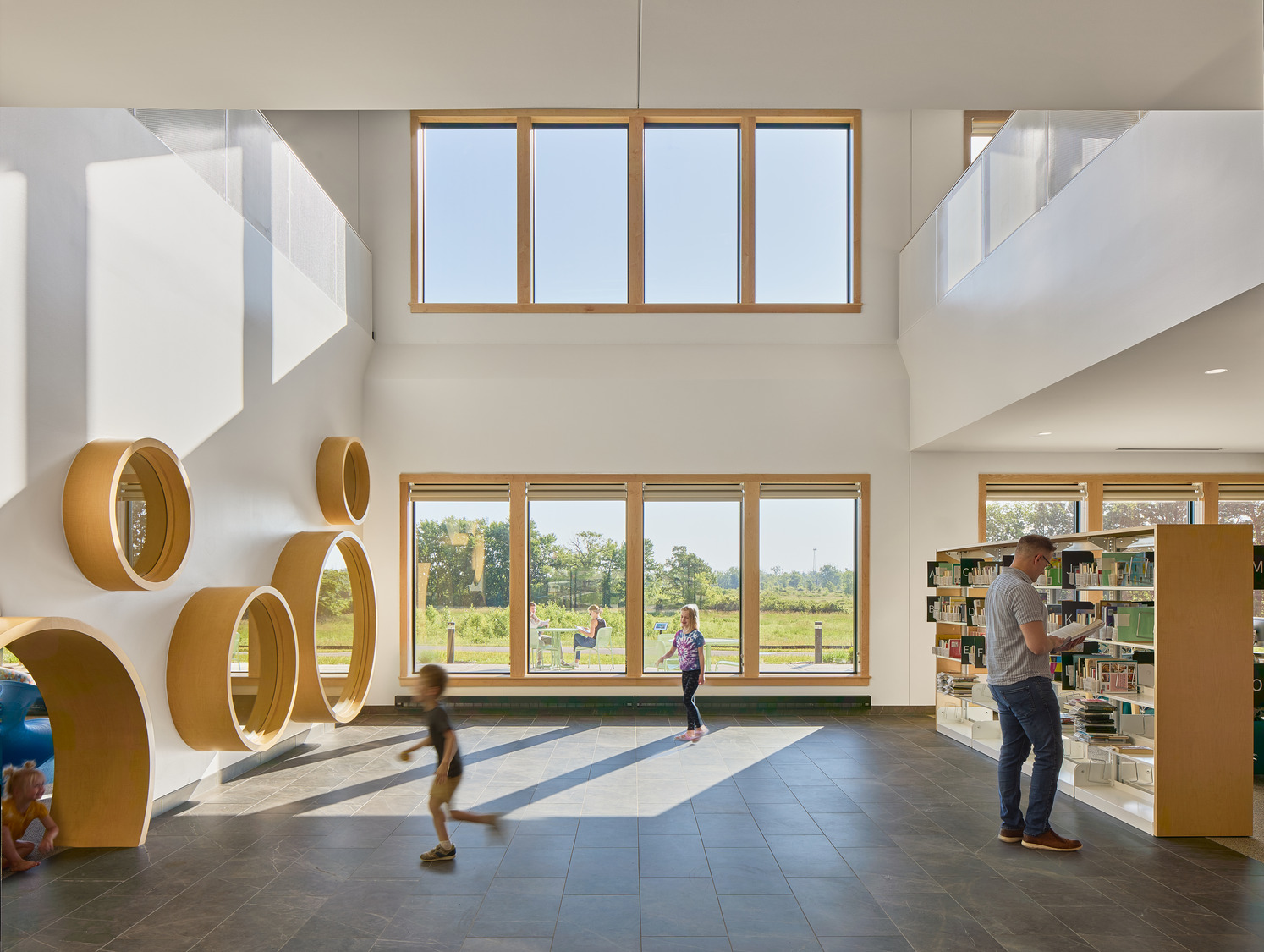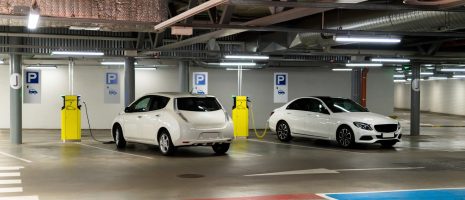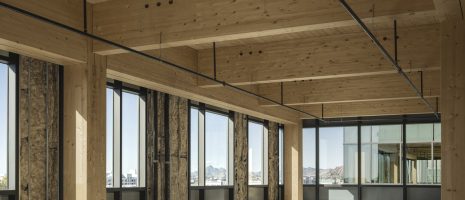Sustainable design on a modest budget
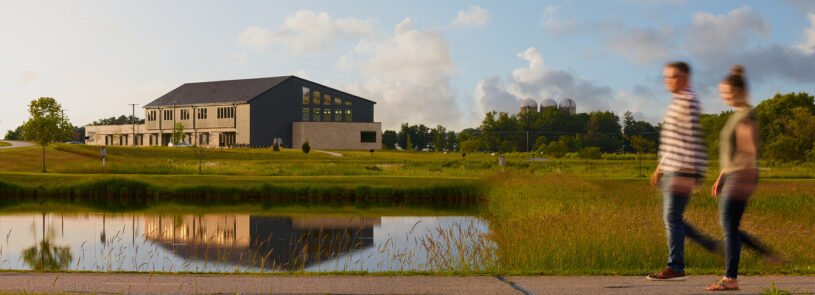
| Increased patronage
In January 2024, the first month the library was open, patron visits were nearly double the January 2023 count (in the former library) and remained well above 2023 rates all of 2024. Counts of checkouts, meeting room usage, study room reservations, and reference questions received are all higher than at the former library. In the first three months of operation, more than 700 people signed up for new library cards, more than the previous two years combined, and monthly sign-ups remained elevated all year. The library also added a teen librarian and began new programming targeted to that age group. To learn more about this project, contact Tim Paap.
|
The public library in the village of Oregon, Wis., is a gathering place for the community — a place to study, gather, create, and connect.
But the village had outgrown its downtown library building. First, it planned to renovate a former church downtown, but site issues forced them to look elsewhere. This put a strain on the budget immediately.
Affordable and sustainable
The village ultimately decided to build a new, 31,000-sf, two-story library in a rural but rapidly growing area adjacent to a conservation park. The owner had the team — OPN Architects, IMEG, and Tri-North Builders — perform value engineering on the project, with the goal of creating an affordable but sustainable library that embraces community and nature.
The new $12.4 million library’s layout is three times the size of the former one, with more study and meeting rooms, a direct result of community input. The future-friendly flexible layout allows for a variety of uses for all ages and abilities, including community meetings, individualized study, concerts, maker programming, and accessing the library’s collection.
Village Board members decided to keep a fully electric design, powered by a solar array on the roof and heated and cooled by a geothermal bore field on the property. They agreed to add $600,000 to the Village’s $10 million budget contribution to make that possible.
The building is set north to south on the western edge of the conservation land. Large windows on each floor offer sweeping views of the reclaimed prairie landscape and the conservation park, creating tranquil, light-filled spaces.
Key features
Geothermal HVAC: A 42 well geothermal bore field and electric-powered heat pumps heat and cool the library. Water circulated through the wells exchange energy with the earth, creating an efficient and cost-effective HVAC system. This system, which is partially powered by the rooftop solar array, eliminates the need for a fossil fuel connection to the building, reducing the library’s energy costs and environmental impact. During design, the position of the geothermal bore field was shifted to better work with the site. The bore field is close to the building, but also had to be fitted around wetlands, the walking trail that winds through the site, and the adjacent residences. Contractors worked with IMEG to find a suitable location that met the design criteria and worked with existing site conditions.
Solar panels: The library roof houses an array of 129 solar panels with a DC rating of 61.92kWdc. A single rooftop inverter converts DC electricity from the solar array into AC electricity for library use. Extra electricity is sent to the grid. The array design allows for additional panels as future budgets allow.
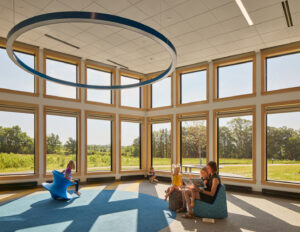
Lighting: The lighting design considered the crucial role of lighting to create a conducive environment for learning and comfort. Large windows bring in natural light, known to positively affect mood and productivity and linked to improved concentration and reduced eye strain. Well-designed artificial lighting provides adequate illumination without glare or harsh shadows on reading surfaces. Task lighting levels in study rooms ensure adequate light for reading and studying. In seating areas, soft ambient lighting creates a cozy and inviting atmosphere. Each light uses efficient LED light sources with automatic dimming in response to daylight. The lighting is 63% more efficient than Wisconsin Energy Code requirements.
Sensory Room: This new room concept makes the library more accessible to all. In the past, people on the autism spectrum may have found the library overstimulating and had to leave or avoided it altogether. Bright lighting can cause behavioral changes in people with light sensitivity and other sensory disorders, so the room has low-glare, dimmable lighting. Studies have found that individuals with sensory disorders may have color preferences and respond differently to different colors of light. Color-changing linear lighting and a local lighting control station were installed to allow individuals to adjust the lighting color to fit their preferences and sensory needs.
Prairie restoration: The building is situated along the west edge of conservancy land. The owner has a three-year plan to restore the prairie around the parcel with native plants, grasses, and trees, and to use native vegetation as stormwater management. Turf grass is limited to two areas at the entrance and patio. A pedestrian path runs between the library and conservation park, connecting to a walk/bike path in the park. Inside the library, large, energy-efficient windows showcase a view of the prairie, creating a tranquil setting inside.
A success story
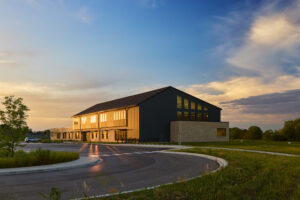
IMEG helped the village successfully identify additional sustainability grants, which helped ease budgetary concerns. The project received a $1 million federal grant and a $8,420 Focus on Energy grant. To repay the additional $600,000 in funding from the Village, the library turned to consultant Energy Tax Savers to apply for clean energy Inflation Reduction Act of 2022 federal tax incentives for energy-saving projects using geothermal heat pumps. With the team’s help, the library received an energy credit payment of $489,807.82. They plan to seek a solar incentive in 2025.
The sustainability features have become a topic of interest and were highlighted as part of the village’s Earth Day event in April 2024. The library’s design has also been featured in Library Journal and the American Libraries magazine. The project also won an ACEC Wisconsin Engineering Excellence, Best in State Award in 2025.
During conceptual meetings, the public asked for a library that could support literacy and life-long learning, welcome community events and meetings, and feature outdoor areas that blend with the surroundings. The new Oregon Public Library meets all those goals, and will be able to serve the community now, and with its expansion capabilities, for years to come.
Read the IMEG case study.
